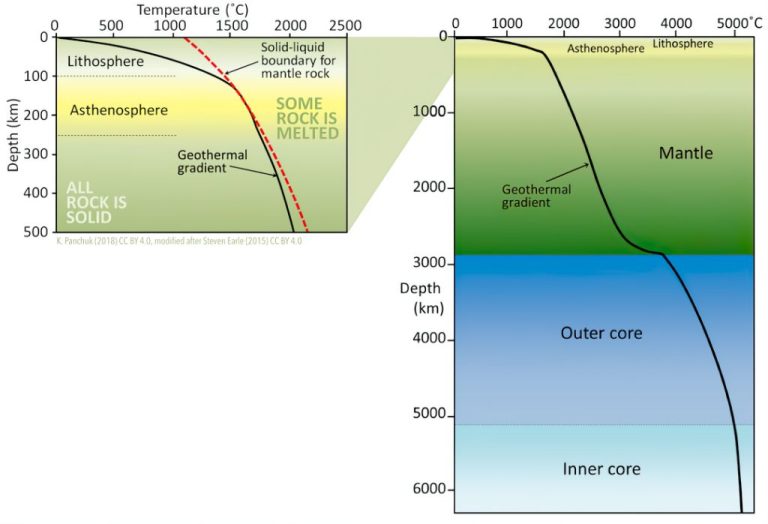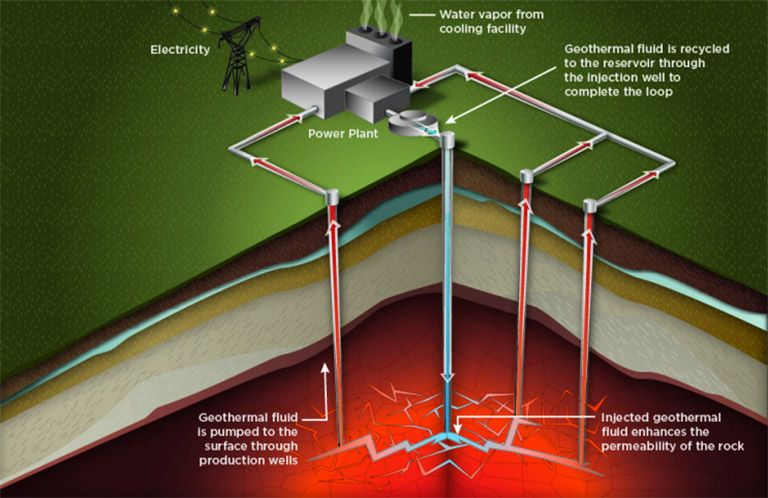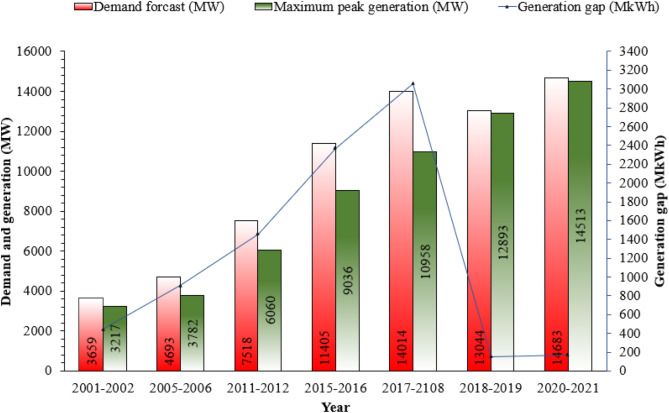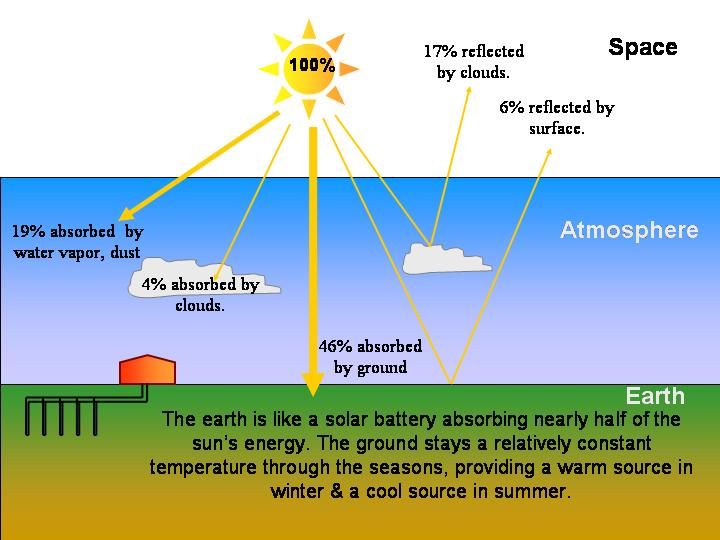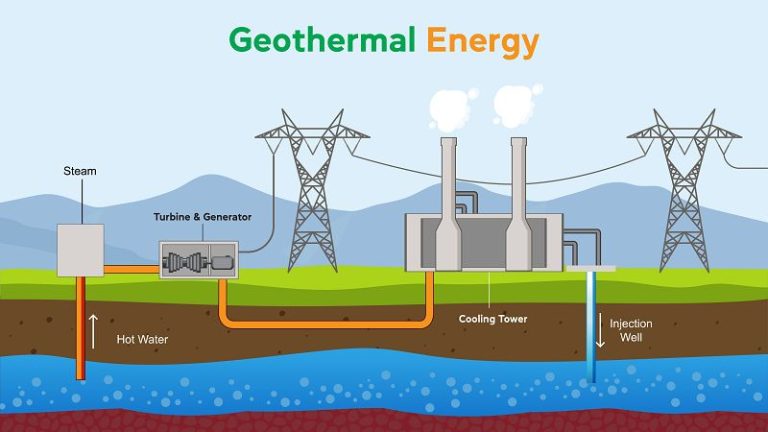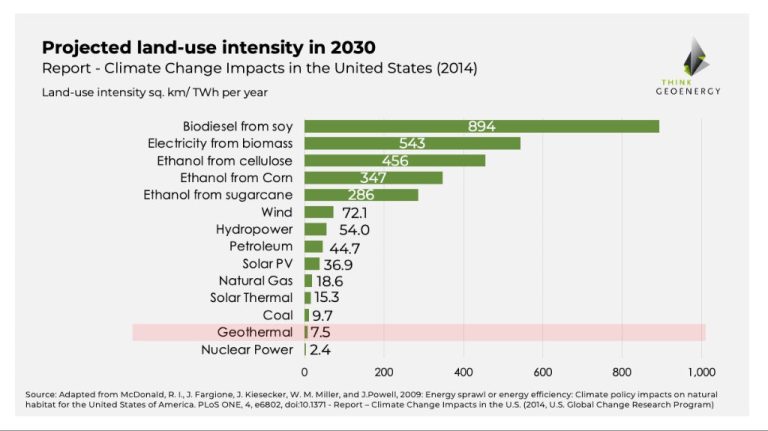How Does Geothermal Work As An Energy Source?
What is geothermal energy?
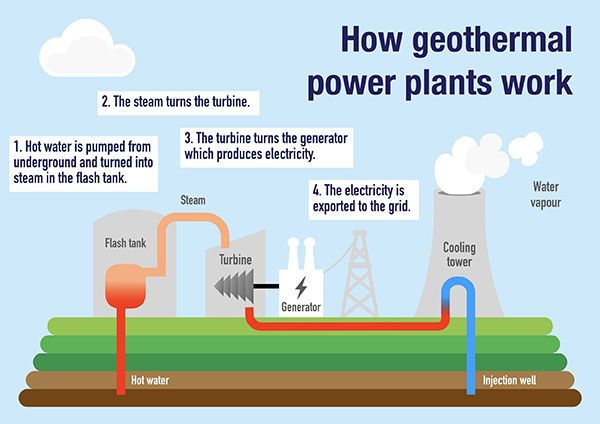
Geothermal energy is heat derived from the earth. It is a renewable energy source that utilizes the natural heat generated in the earth’s core and the decomposition of radioactive materials (Energy.gov, 2022). Geothermal energy is considered renewable because the heat emanating from the earth’s interior is constantly being produced. The core of the earth is over 4,000 miles deep and temperatures can reach over 9,000 degrees Fahrenheit. This immense amount of heat flows outward towards the earth’s surface (EIA, 2022).
There are several ways geothermal energy can be utilized to produce electricity and provide heating and cooling. Hot water or steam from geothermal reservoirs can be tapped and brought to the surface to turn turbines and generate electricity. Additionally, the stable temperatures near the surface of the earth can be used for direct heating and cooling applications. Geothermal energy systems take advantage of these natural sources of heat – the warmer the source, the more energy that can be extracted (Twi-Global, 2022).
Types of geothermal energy systems
There are several different types of geothermal energy systems that can harness the heat within the earth:
Hydrothermal systems utilize naturally occurring reservoirs of steam or hot water that exist below the earth’s surface, usually accessed by drilling wells to an appropriate depth. The steam and hot water contain geothermal energy that can be brought to the surface and used to drive a turbine and generate electricity.
Enhanced Geothermal Systems (EGS) involve injecting water or other fluid into hot dry rocks deep below the earth’s surface and using the heated fluid as an energy source. EGS allows geothermal power production in areas without natural geothermal reservoirs.
Geopressured resources use the heat energy from hot brines trapped under pressure deep below the earth’s surface. The pressure allows the brine to reach temperatures above the boiling point. The hot brine can power a turbine when brought to the surface.
Magma energy taps into molten rock or magma which can be found between 3-10 miles underground. This extremely high temperature source could theoretically be used to generate massive amounts of electricity.
Direct use systems utilize lower temperature geothermal reservoirs through direct applications like heating buildings, growing plants in greenhouses, drying crops, heating water at fish farms, and several industrial processes.
Geology Requirements
Geothermal energy relies on heat stored deep beneath the Earth’s surface to generate electricity. For geothermal to be a viable energy source, specific geological conditions are needed. According to the US Geological Survey, areas with high geothermal potential require three key components: heat, fluid, and permeability. [1]
Heat refers to high subsurface temperatures, usually associated with volcanically active regions, hot spots, and zones of abnormally high heat flow. Fluids like water, brines, or steam can absorb and transfer geothermal heat. Permeability refers to porous rock or fractured bedrock that allows fluid circulation and heat conveyance. Favorable geology involves heated rocks at accessible drilling depths, capped by permeable layers and fluid reservoirs.
Igneous and metamorphic rocks like granite and gneiss often make good geothermal reservoirs, as they can be fractured and permeable. Sedimentary layers provide covers and fluid sources. Geothermal resources occur globally along plate boundaries, rift valleys, and hot spots. In the U.S., the western states offer the most promising geology, including parts of Alaska, California, Nevada, Utah, and Hawaii.
Drilling process
The drilling process for geothermal energy extraction starts with identifying a suitable location with the right geologic features deep underground. Companies use advanced imaging techniques like seismic surveys to map potential resources and determine the best drilling site (U.S. Department of Energy 2022).
Once a site is selected, a large drilling rig is brought in to dig the geothermal production well. These powerful rigs have diamond-tipped drilling bits and can drill to depths over 2 miles. The drilling process creates boreholes 6-12 inches wide into hot, high-pressure geothermal reservoirs (MIT 2022).
As the rig drills deeper underground, steel well casing is inserted into the borehole and cemented into place to protect and stabilize the well. This also prevents fluids from escaping into the surrounding rock layers. Advanced techniques like directional drilling can further maximize resource extraction.
Drilling these deep geothermal wells is technically challenging and expensive. But it is a necessary step to be able to access the immense renewable energy found in geothermal reservoirs.
Resource extraction
The key components of geothermal resource extraction are the wells drilled into the geothermal reservoir and the pumps used to bring the geothermal fluid to the surface. As explained in this article, wells are drilled into areas with hot underground water or steam that can be pumped up and used to generate electricity. The depth of these wells can range from about 500 feet to two miles deep, allowing them to reach adequate temperatures, often above 150°C.
Once drilled, the geothermal fluid is brought to the surface through production wells via pumps. Different types of geothermal power plants use different methods to convert this thermal energy into electricity, but they all rely on the extraction of heat through carefully engineered wells and pumping systems. The hot water or steam that gets pumped up can be at very high temperature and pressure, so the materials used for the well casings and pumps need to withstand these conditions over decades of use.
Optimizing the drilling and design of the well field is crucial for maximizing heat extraction. As explained in this overview, factors like well depth, casing material, pump capacity and the reinjection of used thermal fluids impact how much heat can be sustainably extracted from a geothermal resource over its lifetime.
Electricity generation
The thermal energy extracted from geothermal reservoirs is converted into electricity at power plants using turbines and generators. High-temperature steam from hydrothermal reservoirs is piped directly into a turbine to spin the blades and shaft. The turbine shaft is connected to a generator, which contains magnets that spin within wire coils to produce electricity through electromagnetic induction. Steam exits the turbine at a lower temperature and pressure and can sometimes be fed back into the reservoir to be reheated and reused in a closed-loop system.
For lower temperature reservoirs, a binary system is used where the geothermal fluid heats and vaporizes a separate working fluid with a lower boiling point that is used to power the turbine. The geothermal fluid and working fluid are kept separated during the whole process. Binary systems allow lower temperature resources to be harnessed at an improved efficiency. The spinning turbine converts the geothermal energy into rotational kinetic energy, while the generator converts that into electricity which is fed into power lines leading to homes and businesses.
Capacity and costs
The typical capacity of geothermal power plants ranges from 5 to 30 megawatts (MW). According to the Geothermal Energy Factsheet from the Center for Sustainable Systems at the University of Michigan, in 2016, geothermal electricity cost between 7.8-22.5¢ per kWh.[1] The levelized cost of electricity from new geothermal power plants is estimated to be around 6 to 12 cents per kWh.[2] This is competitive with other renewable energy sources like wind and solar power.
The high upfront capital costs of geothermal power plants, including exploration, field development, and plant construction costs, tend to account for the largest share of the levelized cost. Drilling costs make up about 30-60% of the total capital cost.[3] However, geothermal power plants have low operating and maintenance costs compared to other energy sources.
Environmental impacts
Geothermal power projects can have some environmental impacts, though they tend to be less severe than fossil fuel plants. Here is an overview of some of the main environmental considerations:
Emissions – Geothermal plants release some emissions, but at much lower levels than fossil fuel plants. The emissions are mainly sulfur dioxide and carbon dioxide. The amounts released are small fractions compared to coal or natural gas plants. [1]
Land use – Building geothermal plants requires drilling wells and constructing power facilities, so they have a physical footprint on the land. However, the land use per unit of energy produced is lower than other energy sources.
Induced seismicity – The injection of water into wells can sometimes trigger small earthquakes, usually less than 3 on the Richter scale. Proper construction techniques can minimize seismic risks. There are very few recorded cases of damage from geothermal-related quakes. [2]
Overall, geothermal energy has a relatively low impact on the environment, especially compared to fossil fuels. With proper siting and management, negative effects can be mitigated.
Geothermal Market
Geothermal energy currently makes up a small portion of global electricity production, but is growing steadily. According to the U.S. Department of Energy’s Market Report, global geothermal power capacity increased from 3.627 GW to 3.673 GW in 2021. The United States brought seven new geothermal power plants online, adding 72 MW of capacity. Other countries seeing growth in geothermal capacity include Indonesia, Kenya, and Turkey.
Overall, the global geothermal energy market was valued at $6.6 billion in 2021 and is projected to reach $9.4 billion by 2027, according to Markets and Markets research. Key drivers for this growth include supportive government policies, rising electricity demands, and the need for renewable energy sources. While geothermal currently provides only about 0.3% of global electricity production, its baseload capacity and small land footprint make it an attractive option for renewable growth in certain markets.
Future of Geothermal Energy
Geothermal energy has significant potential for growth in the coming years with the development of new technologies. According to the National Renewable Energy Laboratory (NREL), geothermal could provide a stable baseload power source to complement intermittent renewables like wind and solar [1]. Emerging enhanced geothermal systems (EGS) could dramatically expand viable geothermal resources. EGS involves injecting fluid into hot dry rock reservoirs to create an artificial geothermal reservoir.
According to MIT, EGS could provide 100 gigawatts of electricity in the US by 2050, with further growth potential beyond that. EGS allows geothermal power to be developed outside traditional hydrothermal reservoirs [2]. Other emerging technologies like co-produced geothermal from oil and gas wells, geothermal heat pumps, and hybrid geothermal-solar systems may enable wider deployment and new applications.
With supportive policies and research investments, the geothermal power market is projected to see steady growth globally. Geothermal energy offers a reliable renewable baseload capability that can play a key role in the transition away from fossil fuels.

